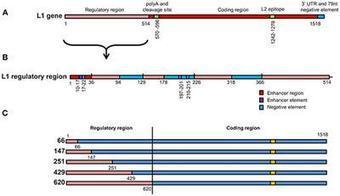Optimizing a Human Papillomavirus Type 16 L1-Based Chimaeric Gene for Expression in Plants
Human papillomaviruses (HPVs) are the causative agents of cervical cancer, the fourth most prevalent cancer in women worldwide. The major capsid protein L1 self-assembles into virus-like particles (VLPs), even in the absence of the minor L2 protein: such VLPs have successfully been used as prophylactic vaccines. There remains a need, however, to develop cheaper vaccines that protect against a wider range of HPV types. The use of the L2 minor capsid protein can potentially address this issue as it has sequence regions conserved across several HPV types, which can elicit cross-neutralising antibodies. Production of HPV VLPs in plants is a viable option to reduce costs; the use of a L1/L2 chimaera which has previously elicited a cross-protective immune response is an option to broaden cross-protection. The objective of this study was to investigate the effect of codon optimisation and of increasing the G+C content of synthetic L1/L2 genes on protein expression in plants. Additionally, we replaced varying portions of the 5’ region of the L1 gene with the wild type (wt) viral sequence to determine the effect of several negative regulatory elements on expression. We showed that GC-rich genes resulted in a 10-fold increase of mRNA levels and three-fold higher accumulation of proteins. However, the highest increase of expression was achieved with a high GC-content human codon-optimised gene, which resulted in a 100-fold increase in mRNA levels and eight- to nine-fold increase i
Ed Rybicki’s insight:
Share your insight
Optimizing a Human Papillomavirus Type 16 L1-Based Chimaeric Gene for Expression in Plants
Source: Virology News
